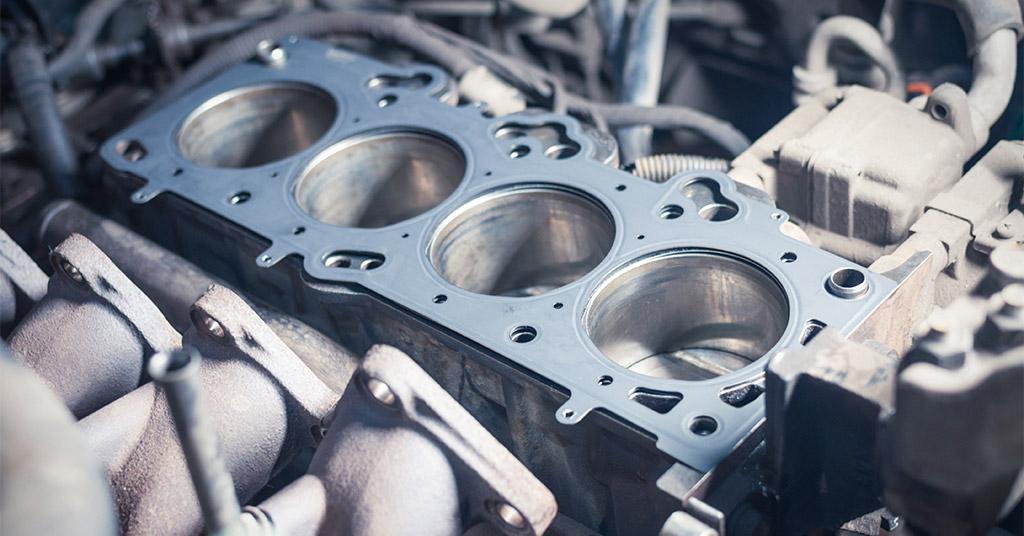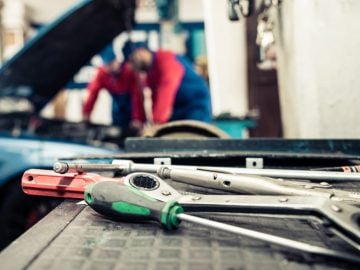
The head gasket is a key component in a car’s engine. When it fails, the damage to the piston, cylinders and cooling system can be irreparable. So it’s important to know how to replace a blown or leaking cylinder head gasket.
Repair or replace the head gasket of a car?
Depending on the severity of the leak or how badly the gasket is warped or cracked, a head gasket repair job is the most cost-effective solution.
A chemical sealant, containing carbon fibres, gasket-sealing particles or sodium-silicate liquid, is poured into the idling vehicle’s radiator. This is to create a permanent and hard-wearing seal between the engine block and cylinder head.
When the gasket is blown beyond repair and the car overheats almost immediately, the only option is to replace the part itself. This is a time-consuming job that entails dismantling part of the engine.
Below we explain the how, why and when of head-gasket failure in cars.
When to replace a cylinder head gasket
The most obvious signs of a blown or leaking head gasket are:
- steam, vapour or white smoke emanating from the exhaust
- misfiring and overheating engine
- bubbles in the coolant system
- oily, black or dirty spark plugs
- frothy and milky discolouration in the oil
- low water levels
- water leaks from the engine block or head.
Why leaking or blown head gaskets need to be replaced or repaired
The head gasket’s role is to prevent engine oil and coolant from mixing and leaking into the cylinders. It also seals in the internal combustion process.
Over time, the gasket can warp and crack. When that happens, the coolant will leak, causing serious damage to the engine. If the gasket isn’t repaired or replaced – and the car is still driven – it can destroy the vehicle.
How to replace a cylinder head gasket
Replacing the head gasket isn’t easy. It requires an above-average understanding of the engine and how the components fit together.
Due to the deep placement of engines in today’s vehicles, the exhaust manifold, head and intake valves have to be removed to gain access to the head gasket.
Once the gasket is in sight, the first step is to check that the head and block are flat. They must meet the specs set out in the vehicle’s service manual. If there’s any disparity in the specifications, the engine must be professionally repaired at a machine shop.
If there are no dings or cracks, remove the old gasket.
Clean and prepare the area without scratching the mounting surface of the head or the deck of the block.
Fit the new head gasket.
Fit new torque-to-yield bolts (or stretch bolts) in order to get the correct clamp load. Cylinder head bolts should always be replaced when a head gasket is replaced because the threads on the bolts will have stretched and they will no longer provide the clamp load required for an efficient seal.
Follow the correct bolt-tightening sequence and torque, according to the service manual.
Replace the remaining components in the same order as they were removed. Then the car is good to go.
Where to get cylinder head gaskets in South Africa
Masterparts is the leading supplier of automotive parts and accessories in the Western Cape, KZN and Namibia.
We stock a comprehensive range of high-quality cylinder head gaskets and gasket sets manufactured by international brands, including Elring and Victor Reinz of Germany, FAI Auto Parts from the UK, India’s Uniseal Gaskets and Ajusa of Spain.
Contact us if there’s a part you need and we’ll be happy to help.




